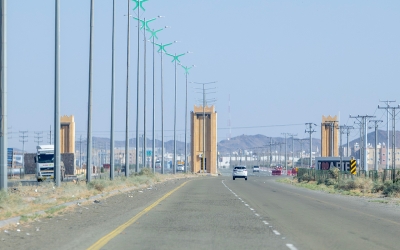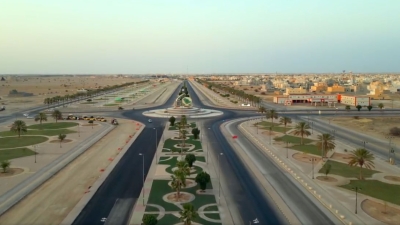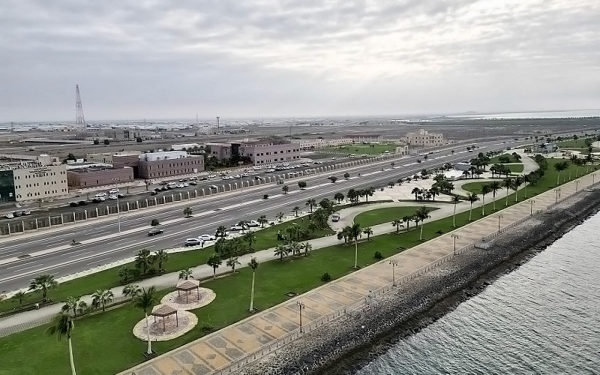
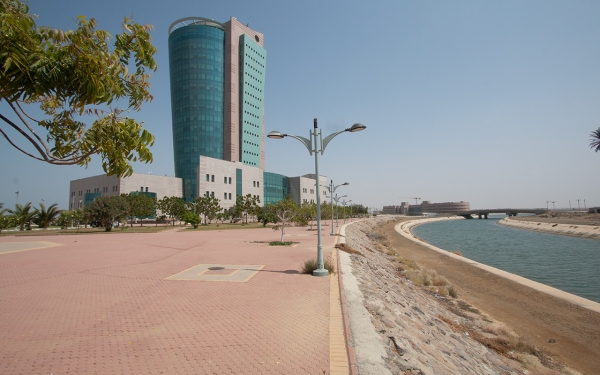
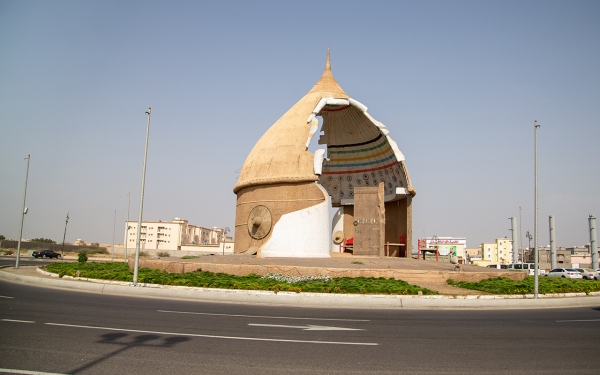
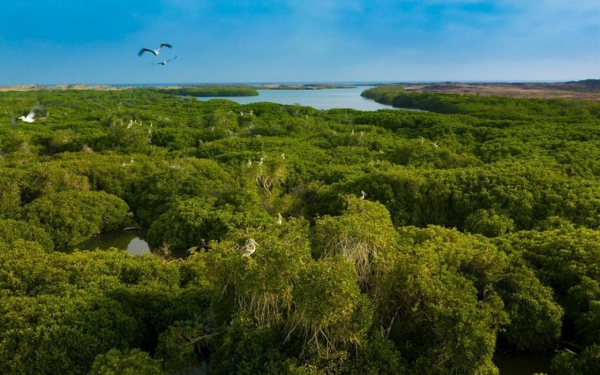
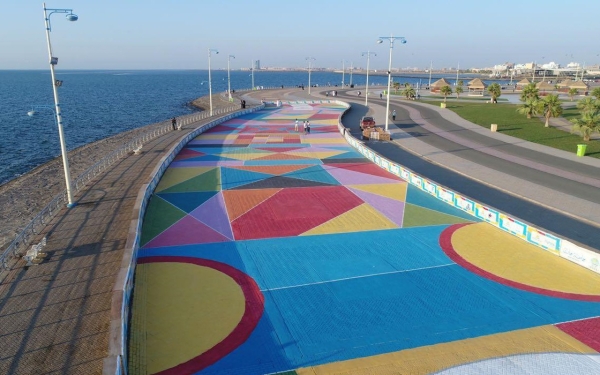
Jazan Province (romanized: Minṭaqat Jāzān), one of the thirteen administrative regions of the Kingdom of Saudi Arabia, is located in the southwestern part of Saudi Arabia. The Red Sea delineates its western border. The province represents Saudi Arabia's meeting point with the Red Sea and the Republic of Yemen. The province is bordered from the north and east by Aseer Province and from the south and southeast by the Republic of Yemen. Its seafront areas are the terminus of Saudi Arabia's coastline on the Gulf of Aqaba and the Red Sea, 260 km long, of which 180 km lie on the Gulf of Aqaba.
Population of Jazan Province
It is Saudi Arabia's second-smallest province, the sixth-most populous, and is also one of seven provinces in Saudi Arabia with a population exceeding the one million mark. Jazan has 1,404,997 inhabitants, equivalent to 4.4 percent of Saudi Arabia's population. According to the official statistics of the 2022 Saudi Census, the province occupies an area of 13,000 km, covering 0.7 percent of Saudi Arabia's total area. It has a population density of 108 people per km of its territory. The governorates of Sabya, Abu Arish, and Samtah are the province's population centers. Residents can reach Jazan City by car in thirty to forty minutes.
Administrative organization of Jazan Province
Sixteen governorates fall under Jazan Province’s geographical and administrative scope: Jazan, the headquarters of the emirate and the administrative capital; Sabya; Abu Arish; Samtah; al-Horrath; Damad; al-Rayth; Baish; Farasan; al-Dayer; Ahad al-Masarihah; al-Edabi; al-Ardah; al-Darb; Harub; Fayfa; and at-Tuwal, in addition to forty-one centers.Its Governor is Prince Mohammed Bin Abdulaziz Bin Mohammed Bin Abdulaziz Al Saud since May 8, 2025. Prince Nasser Bin Mohammed Bin Abdullah Bin Jalawi Al Saud has also held the position of Deputy Governor of the Jazan Province since May 8, 2025.
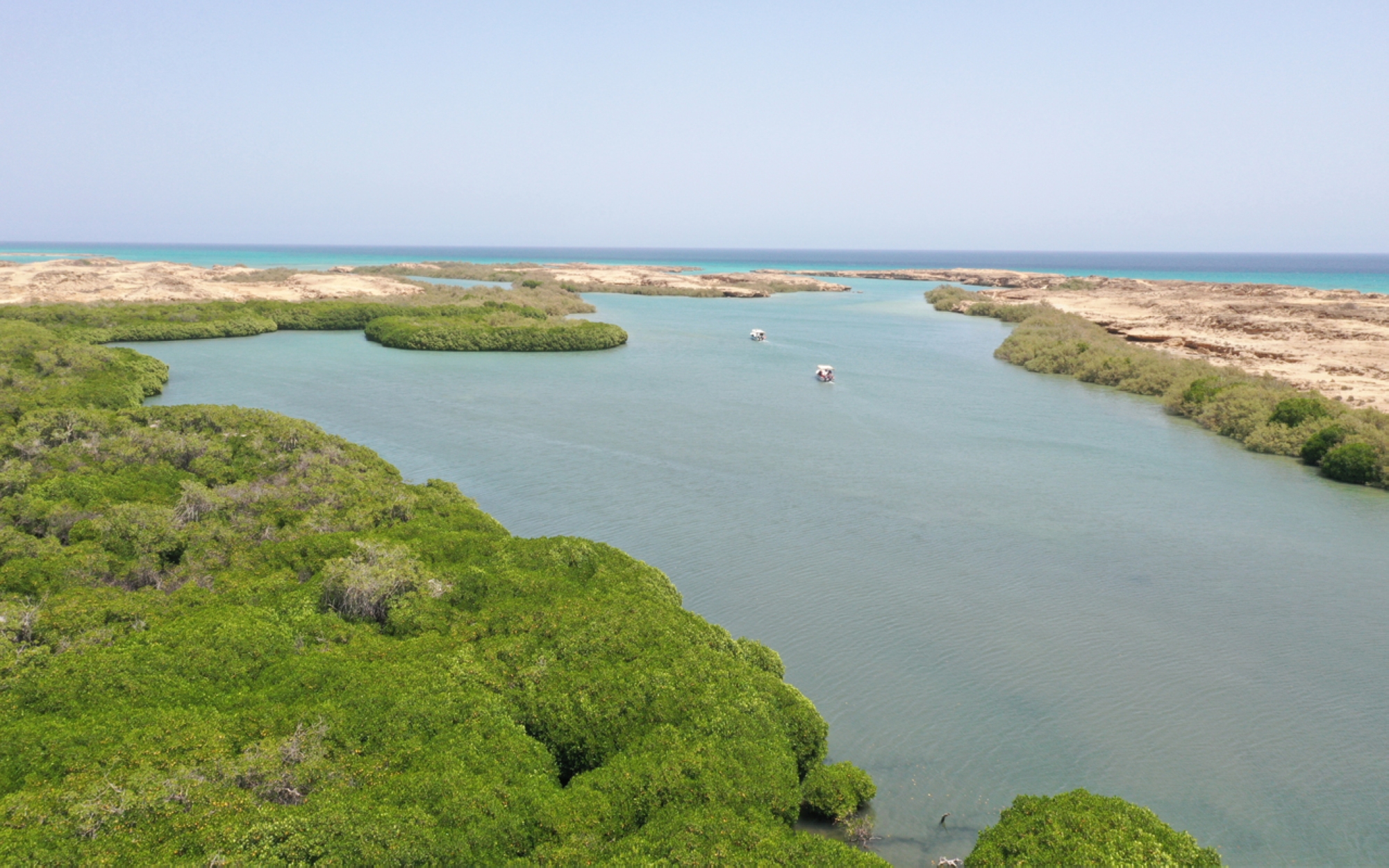
Geography of Jazan Province
The province is characterized by its diverse terrain comprised of mountains, flatlands, and islands, and 48.93 percent of the population lives on islands and coastal plains. Jazan is one of the most geographically diverse provinces in Saudi Arabia. Its western part oversees the Red Sea, and inhabited islands make up 5.35 percent of its territory, such as the islands of Farasan al-Kabir, Sajid, and Qamah, which comprise the Farasan Islands, a part of an archipelago known as 'Farasan Islands', with an estimated two hundred islands of different sizes that represent 15.6 percent of the total number of islands in Saudi Arabia, that is 1,285 islands.
The inner highlands are ideal environments for different types of agriculture. At an altitude of more than 2,632 m, Jabal al-Oraif (northeast of Fayfa) stands as the highest mountaintop in the province and the tenth highest in Saudi Arabia, after the nine peaks of Aseer Mountains.
Climate of Jazan Province
Jazan Province's climate is impacted by tropical winds, and the weather is generally very hot in summer and mild in winter, except for the mountain highlands, where temperatures are moderate and there is rainfall throughout the year.
Economy of Jazan Province
Agriculture and fishing are the two major pillars of the province's economy, accounting for 40 percent of Saudi Arabia's fish production, with 154,876 agricultural holdings in Saudi Arabia. After Aseer, Jazan Province comes in second in the number of agricultural holdings and is one of five provinces in Saudi Arabia classified as agricultural areas.
Jazan Province has thirteen water dams and is one of three provinces in Saudi Arabia that benefit the most from dam water. Dams in Jazan provide a high storage capacity of 313.440 million m of water. The average per capita share of drinking water is estimated at seventy-six liters per day.
The southwestern part of Jazan Province is a business arena and investment attraction, located on an area of 106 km. The main attractions are: Jazan City for Primary and Downstream Industries, seventy km north of Jazan City and twenty km west of Baish Governorate, which has its own industrial port located on one of the world's most important shipping lanes, through which 13 to 15 percent of global trade passes. It is also one of the largest ports in Saudi Arabia on the Red Sea coast in terms of design capacity and the main gateway for Saudi Arabia's imports and exports to the Horn of Africa. Jazan is also home to the Jazan Refinery, with a production capacity of four hundred thousand barrels per day. The province includes King Abdullah Bin Abdulaziz International Airport, located over an area of 50,134,155 m, three km from the center of the administrative capital Jazan, with a capacity of up to nine hundred thousand passengers per year.
Agriculture in Jazan Province
Highlands are one of the largest economic drivers in the province; they are home to coffee cultivation in Saudi Arabia and are the world's largest and oldest exporter of Arabic coffee. Agriculture in Jazan Province employs 20 percent of the total workforce in the province, and 1.6 percent of its land is earmarked for growing coffee (400,000 trees). Jazan Province produces 360 t of coffee crops annually, whose quality varies from 83 to 90 percent. The province's main agricultural crops include vegetables, fruits, field crops, ornamental trees like jasmine and kadi (Pandanus tectorius), and varied aromatic plants. The province is also famous for producing honey.
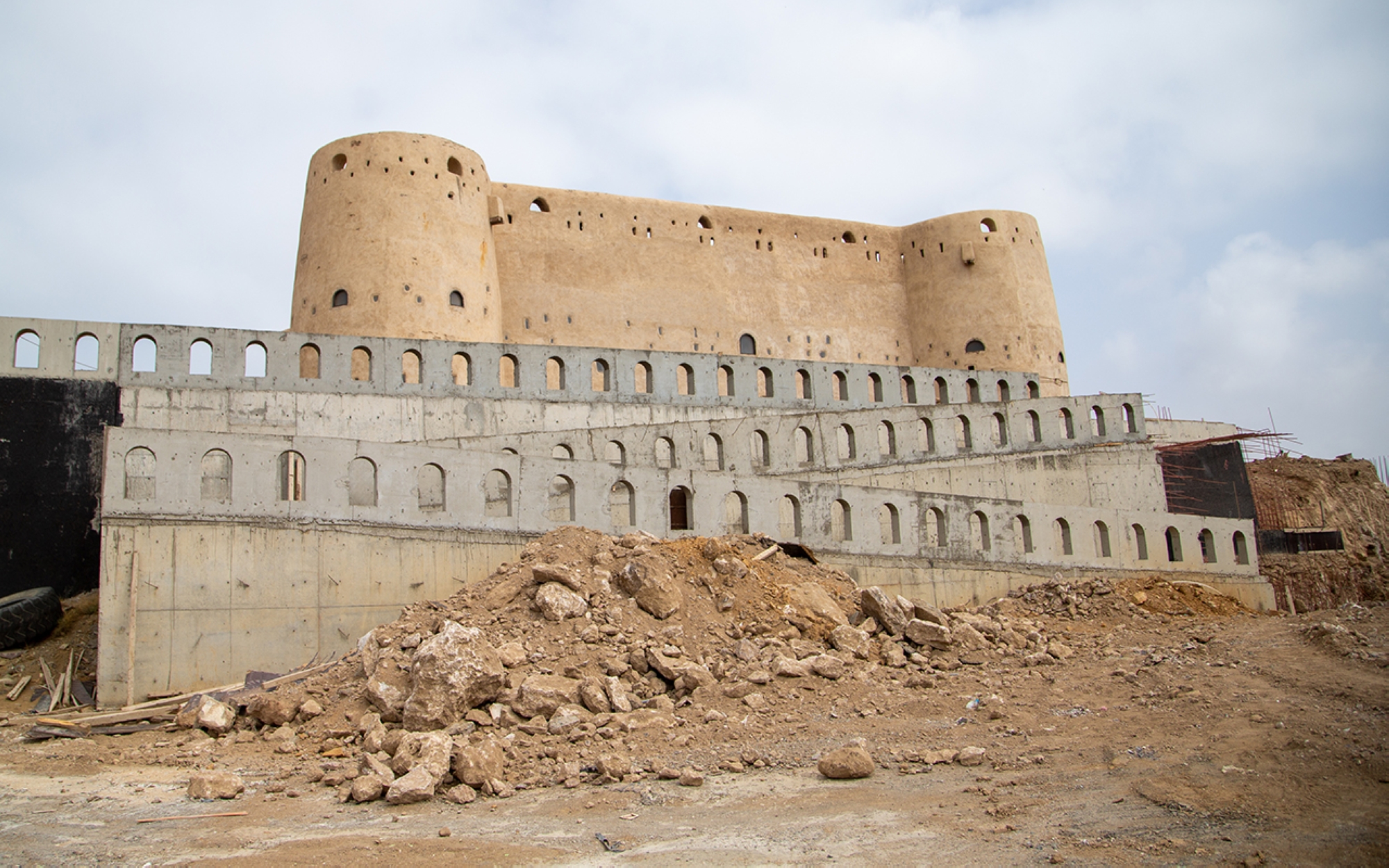
Education in Jazan Province
There is one public university in Jazan Province, located in the administrative capital of Jazan and bearing its name. It was founded in 2005, and its branches are distributed at close distances from all governorates. In addition, more than 1,363 schools serve the province at various levels of general education; primary, middle school, and secondary, enrolling more than 190,268 male and female students.
Tourism in Jazan Province
Jazan Province has a variety of tourist attractions, as well as environmental and historical sites, including al-Marjan Island, Jazan Heritage Village, Jazan Valley Dam Lake, al-Najdi Mosque and Palace in Farasan, al-Dosariyah Castle, and Wadi Lajab, in addition to the province's mountain highlands.
Related quizzes
Related articles

